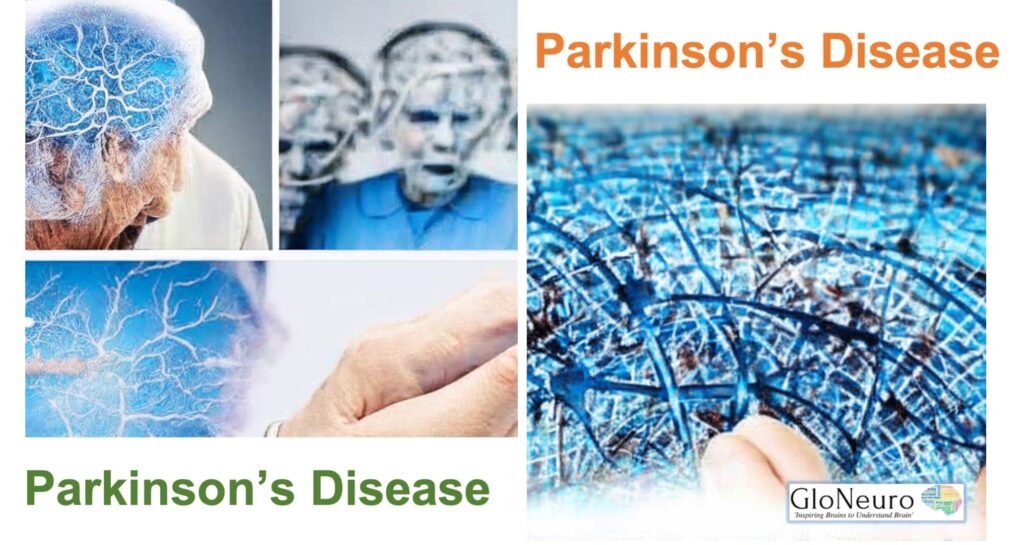Prepare to embark on a captivating scientific journey into the fascinating world of Parkinson’s disease. In this GloNeuro blog, we unravel the mysteries surrounding this complex neurodegenerative disorder that affects millions worldwide. From understanding the underlying mechanisms to the latest breakthroughs in therapeutics, join us as we delve into the cutting-edge research and discoveries that shape our fight against Parkinson’s. Get ready to be intrigued, informed, and inspired as we unravel the enigma of Parkinson’s disease through the lens of science with GloNeuro.
Welcome, neuroscience enthusiasts and curious students, to an enlightening exploration of Parkinson’s disease. In this GloNeuro blog article, we will delve into the intricacies of this neurodegenerative disorder, shedding light on its underlying mechanisms, symptoms, diagnosis, and available therapeutic approaches. Join us on this GloNeuro educational journey as we deepen our understanding of Parkinson’s disease, raising awareness about this prevalent brain disorder and the ongoing efforts to combat its impact.
Parkinson’s disease (or PD) is a chronic and progressive neurodegenerative disorder that primarily affects the dopamine-producing neurons in a region of the brain called the substantia nigra. This loss of dopamine leads to motor symptoms such as tremors, rigidity, bradykinesia (slowness of movement), and postural instability. However, Parkinson’s disease is not solely confined to motor impairments; it can also manifest in various non-motor symptoms, including cognitive decline, mood disturbances, and sleep disturbances. While the exact cause of Parkinson’s disease remains elusive, researchers have identified several key factors contributing to its development. Genetic mutations, environmental toxins, oxidative stress, mitochondrial dysfunction, and the accumulation of abnormal protein aggregates called Lewy bodies are among the known factors involved. Understanding these underlying mechanisms is crucial for advancing our knowledge of the disease and developing effective therapeutic strategies.

Diagnosing Parkinson’s disease can be challenging, as there are no definitive tests or biomarkers. Physicians rely on a comprehensive assessment of the patient’s medical history, physical examination, and neurological tests to make an accurate diagnosis. Early detection is vital, as early intervention and management can help slow disease progression and improve quality of life. Researchers are actively investigating potential biomarkers and advanced imaging techniques to aid in early and accurate diagnosis. While there is no cure for Parkinson’s disease, several treatment options are available to manage its symptoms and enhance quality of life. The primary approach involves medication, such as levodopa, which replenishes dopamine levels in the brain. Other medications target specific symptoms or help regulate dopamine activity. Deep brain stimulation (DBS), a surgical procedure that involves implanting electrodes in specific brain regions, is also employed to alleviate motor symptoms in some cases. Physical therapy, occupational therapy, and speech therapy can further assist in managing symptoms and maintaining functional abilities.
In recent years, remarkable advancements have been made in Parkinson’s disease research. Scientists are investigating novel therapeutic avenues, including gene therapies, stem cell therapies, and targeted drug delivery systems. These innovative approaches aim to slow down disease progression, protect and regenerate dopamine-producing neurons, and improve overall treatment outcomes. Additionally, efforts are underway to develop disease-modifying treatments that can halt or reverse the underlying neurodegenerative process.
We at GloNeuro along with our amazing audience understand the importance of brain health. Therefore, raising awareness about Parkinson’s disease is crucial to foster understanding, compassion, and support for individuals living with the condition is understood as very important. Educating the public about its symptoms, challenges, and available resources can help reduce stigma and promote early detection. Support networks, advocacy organizations, and research foundations play a vital role in driving advancements, providing assistance, and fostering a sense of community for individuals and families affected by Parkinson’s disease.
So, while exploration of Parkinson’s disease, we have gained a deeper understanding of its complex nature, symptoms, and available therapeutic options. While Parkinson’s disease poses significant challenges, ongoing research and advancements provide hope for improved treatments and, ultimately, a cure. By raising awareness, supporting research endeavors, and enhancing patient care, we can strive towards a future where Parkinson’s disease is better understood, effectively managed, and, one day, eradicated. Let us continue to stand together in our pursuit of a world without Parkinson’s disease, where those affected can live with dignity and hope.